A Conservative Approach in a Rapidly Electrifying Industry
In the rapidly evolving automotive landscape of 2025, many major carmakers have fully embraced battery electric vehicles (BEVs) as the centerpiece of their electrification strategies. Brands like Tesla, Volkswagen, and General Motors have set aggressive targets, betting heavily on BEVs to capture market share and meet tightening emission regulations worldwide. Yet Honda, one of the world’s largest automakers, has taken a noticeably cautious stance. While the industry buzzes with promises of a full electric future, Honda remains deliberately reserved, opting instead for a more gradual, multi-pronged electrification path. This measured approach has sparked curiosity, speculation, and even criticism. Why is Honda delaying its full EV commitment despite mounting pressure from regulators, consumers, and investors?
Honda’s cautious stance is rooted in a deep strategic calculation that balances technological readiness, market diversity, infrastructure challenges, and consumer preferences. Rather than rushing headlong into pure battery electrics, Honda is leveraging a combination of hybrid electric vehicles (HEVs), plug-in hybrids (PHEVs), hydrogen fuel cell vehicles (FCEVs), and selective BEV rollouts. This approach is shaped by the company’s longstanding engineering philosophy, real-world market realities, and a desire to avoid the pitfalls of premature technology bets.
The Backbone: e:HEV and Hybrid Technologies
At the core of Honda’s current electrification is its e:HEV system—a sophisticated hybrid powertrain that combines a gasoline engine with electric motors to optimize efficiency without fully relying on external charging. Honda has been a pioneer of hybrid technology for decades, and the e:HEV represents a mature, well-refined iteration of this expertise.
Unlike pure BEVs, Honda’s hybrids do not require dedicated charging infrastructure, making them highly versatile and immediately accessible in markets where fast chargers remain sparse. For customers wary of range anxiety or the longer refueling times associated with electric cars, hybrids offer an attractive compromise—lower emissions, improved fuel economy, and familiar refueling habits. This allows Honda to maintain relevance across regions with disparate EV adoption rates.
Honda’s e:HEV platform also provides manufacturing and cost advantages. By utilizing existing internal combustion engine (ICE) components alongside electric motors and batteries, Honda can leverage existing supplier relationships and assembly lines while steadily increasing electrification levels. This flexibility reduces the risk of sunk costs and allows the company to scale production up or down based on market conditions.
Hydrogen Fuel Cells: Betting on the Long Game
Beyond hybrids, Honda has made substantial investments in hydrogen fuel cell technology, viewing it as a complementary solution to battery EVs. The Honda Clarity Fuel Cell, though produced in limited numbers, reflects the company’s commitment to hydrogen as a zero-emission alternative with fast refueling times and long driving ranges. Honda envisions hydrogen fuel cells playing a key role in commercial vehicles, long-haul transportation, and markets where battery recharging infrastructure is less practical.
Hydrogen’s appeal lies in its energy density and rapid refueling, making it a compelling choice for drivers unwilling or unable to adapt to lengthy charging stops. However, widespread adoption faces hurdles—high production costs, limited hydrogen refueling stations, and logistical challenges in fuel storage and transport. Honda’s cautious investment in hydrogen technology, balanced with the realities of infrastructure deployment, aligns with a strategy to hedge bets rather than commit exclusively to batteries.
Why Not Go All-In on BEVs Now?
Several factors explain Honda’s reluctance to fully embrace BEVs immediately despite industry momentum. First is the patchy global charging infrastructure, especially outside of Western Europe and China. Many of Honda’s key markets, including the United States and Southeast Asia, still lack comprehensive networks of fast chargers, limiting BEV practicality for average consumers.
Second, Honda’s customer base is diverse, spanning urban and rural areas, emerging markets, and regions with varying regulatory environments. A full BEV portfolio might alienate customers in areas where EV ownership costs are high or charging is impractical. The hybrid and fuel cell alternatives allow Honda to tailor offerings to local demands and infrastructure capabilities.
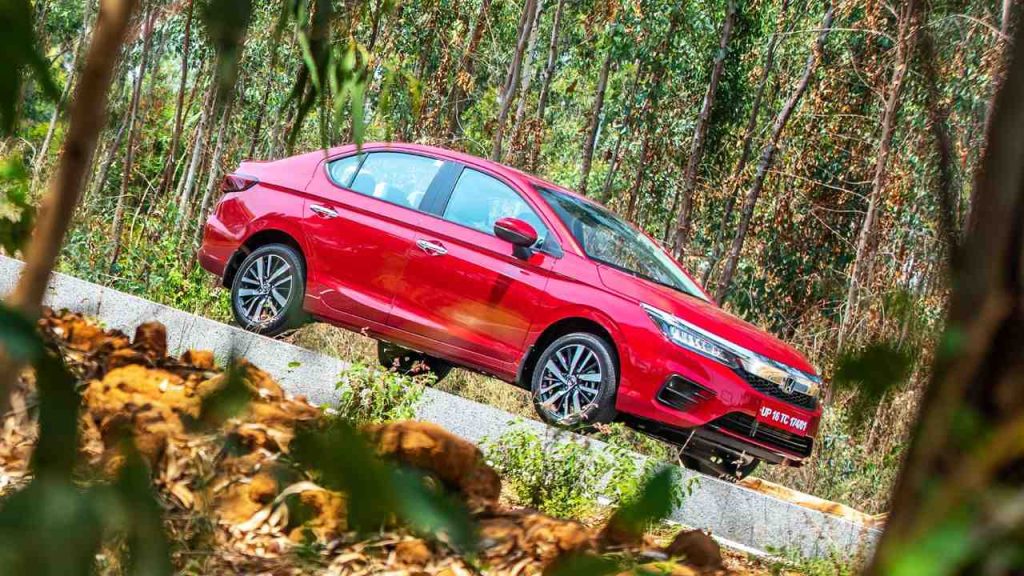
Third, battery technology itself continues to evolve. While lithium-ion batteries have improved steadily, concerns remain about raw material supply constraints, cost volatility, and environmental impacts of mining. Honda has expressed interest in solid-state battery technology—promising higher energy density, faster charging, and improved safety—but this technology remains in development. By delaying full EV adoption, Honda buys time to integrate next-generation batteries that could leapfrog current limitations.
Lastly, Honda’s engineering culture emphasizes reliability, incremental innovation, and proven performance over bold leaps. This cultural mindset values gradual improvements and risk mitigation, which is consistent with a diversified electrification strategy that avoids betting everything on nascent tech.
Market Logic Behind the Multi-Path Strategy
Honda’s electrification approach also makes sense from a market segmentation perspective. By offering HEVs, PHEVs, FCEVs, and BEVs, Honda caters to different consumer needs, regulatory requirements, and regional infrastructure realities. This diversification reduces the company’s exposure to market shocks and regulatory shifts.
In Japan, Honda is well positioned to capitalize on hydrogen infrastructure investments and government support for fuel cell vehicles. Europe’s stringent emission targets push demand for BEVs and PHEVs, which Honda is incrementally expanding. In North America and Southeast Asia, hybrids and efficient ICE vehicles remain popular due to fuel price sensitivities and infrastructure gaps.
Honda’s strategy thus balances environmental responsibility with commercial pragmatism. It’s a middle path that allows the brand to maintain market share while gradually transforming its portfolio without sacrificing profitability.
Regulatory Pressure and the Road Ahead
Despite Honda’s cautious stance, regulatory pressure continues to mount worldwide, especially in Europe and China, where governments have announced bans on new ICE vehicle sales in the next decade. To comply, Honda has committed to expanding its BEV offerings, including the introduction of the Honda Prologue electric SUV slated for late 2020s release and collaborations on next-gen electric platforms.
However, even as regulations tighten, Honda’s executives have reiterated their commitment to a “technological neutrality” philosophy—offering multiple solutions rather than a single one-size-fits-all approach. This allows flexibility in meeting region-specific standards while managing investment risks.
Honda also recognizes that full electrification is not a destination but a journey. Incremental gains in hybrid efficiency, hydrogen fuel cell viability, and battery advancements will cumulatively shape the transition. For Honda, the priority remains balancing innovation with customer needs, operational feasibility, and long-term sustainability.
A Rational Pause in a Hype-Driven Market
Honda’s delay in full EV commitment is often framed as hesitancy or lagging ambition, but it can also be seen as a rational, strategic pause in an otherwise hype-driven market. Rather than jumping on the pure EV bandwagon to appease investors or media, Honda is methodically building its technological arsenal while navigating uncertain terrain.
This balanced strategy may appeal to stakeholders wary of overpromising and underdelivering in an era of rapid but unpredictable change. Honda’s approach acknowledges the complexity of the global automotive ecosystem—diverse markets, varied consumer readiness, technological challenges, and infrastructure gaps.
In a sense, Honda’s multi-path electrification represents a hedge against volatility. It offers a pragmatic roadmap that preserves brand heritage, leverages existing competencies, and aligns with emerging energy transitions without succumbing to technological dogma.
Conclusion: The Long Game of Electrification
Honda’s conservative approach to electrification in 2025 reflects a nuanced understanding of market realities, technological limitations, and customer diversity. By championing hybrids, advancing hydrogen fuel cells, and selectively expanding BEVs, Honda positions itself not as a follower of fleeting trends but as a long-term player committed to sustainable mobility solutions that make sense globally.
As the automotive industry hurtles towards an electrified future, Honda’s strategy reminds us that the path is not linear. Success may come not from rushing to electrify at any cost but from balancing innovation with pragmatism, and ambition with patience. For Honda, delaying full EV commitment is less about resistance and more about readiness—ensuring that when the transition happens, it happens well.


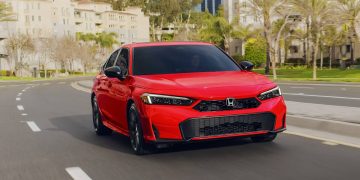
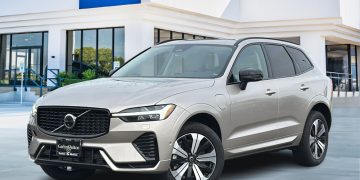


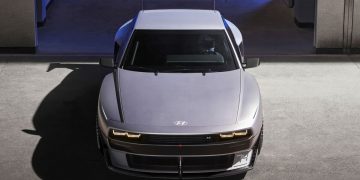


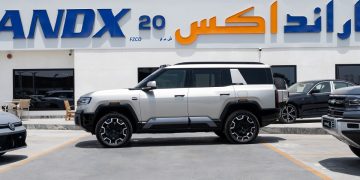











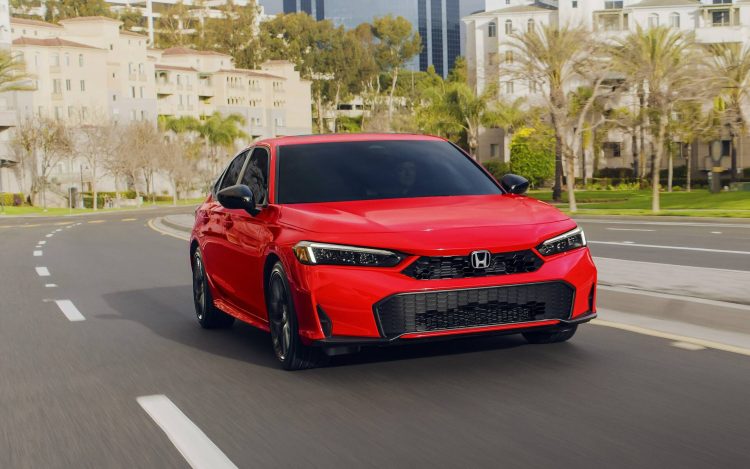












Discussion about this post